“I find myself often trying to get the real story and not what people think I should hear,” the Archivist told the employee of the U.S. National Archives and Records Administration (NARA). David Ferriero, who is retiring in April 2022 after 12 years as the Tenth Archivist of the United States (AOTUS), thanked the staff member he met on a visit to a NARA regional facility. David noted, “I appreciate, especially, your honesty in telling it like it is.” He added, “You’re the real deal.”
In September 2010, Ferriero asked NARA’s employees to think about Social Media and a “new vision of leadership.” He explained,
Charlene Li describes what’s needed: ‘Leadership requires a new approach, a new mind-set, and new skills. It isn’t enough to be a good communicator. You must be comfortable with sharing personal perspectives and feelings to develop closer relationships. Negative online comments can’t be avoided or ignored. Instead, you must come to embrace each openness-enabled encounter as an opportunity to learn.'”
Let’s go back twelve years to NARA in November 2009 when David Ferriero took the oath to uphold the U.S. Constitution on his first day on the job just as the rest of us in Federal service have done. Acting Assistant Archivist for Administration Richard Judson administered the oath at the AOTUS office at NARA’s building in College Park, Maryland. A formal ceremony with Supreme Court Justice Stephen Breyer followed in January 2010 in front of the Constitution in Washington, DC. You’ll find all the photos of the swearing in and Rotunda ceremony, not just the press handouts, in the current NARA Catalog.
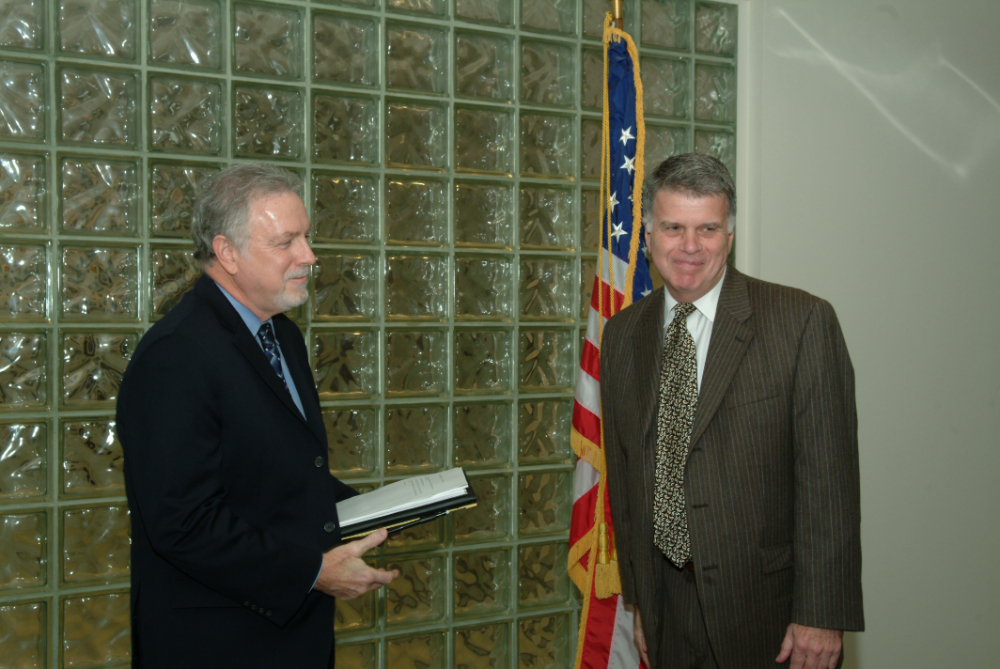

Soon after taking office, Ferriero discovered that a small group of National Archives employees had been meeting quietly on their own initiative to discuss how NARA best could use Social Media. When he walked in on a meeting, they feared they were “busted” for an “unauthorized” meeting. He instead found their exploration of new ways of connecting the agency’s work with the public one of the best meetings he had attended at NARA.
That the employees believed they had to meet in secret also gave him a sense of the problem with employees assuming restrictions applied to creativity. You can hear what happened next at the 5:13 mark at a 2015 Institute of Museum and Library Services (IMLS) session. His comments on graduate school education provide context for his earlier speech to the Association of American Library and Information Science Education. His IMLS observation that employees doing traditional work deserve as much recognition and attention as ones doing creative work resonated. They reminded me of his words as a young library association employee representative and later a library supervisor at MIT (“Burnout at the Reference Desk,” 1982).
If you explore the National Archives Catalog today, you’ll see how the agency’s access vision has changed to become more inclusive since David joined the NARA team in November 2009. But when Ferriero introduced the Citizen Archivist concept in public at AOTUS blog in April 2010, online reactions reflected a range of opinions among practitioners in traditional academic, corporate, nonprofit, and government archives jobs. Ferriero’s blog post drew lively discussion among archivists at ArchivesNext blog. NARA continues work on revising and improving the Catalog’s content and interface but citizen participation remains a key element.
The content banner autogenerated throughout the Catalog since the summer of 2021 reflects the work of the Archivist’s Task Force on Racism that Ferriero chartered in 2020 after the murder of George Floyd. Debra Steidel Wall, whom David named Deputy Archivist in 2011, will ensure continuation of key initiatives when David retires in April 2022. You see Deb in May 2021. I appreciate Deb’s work chairing a task force which resulted in a thoughtful and candidly aspirational handbook for new NARA supervisors in 2014. Insightful advice on trust (hard to build, easy to lose), making the transition from technical expert to supervisor, and how to find for yourself (not just provide) learning support.
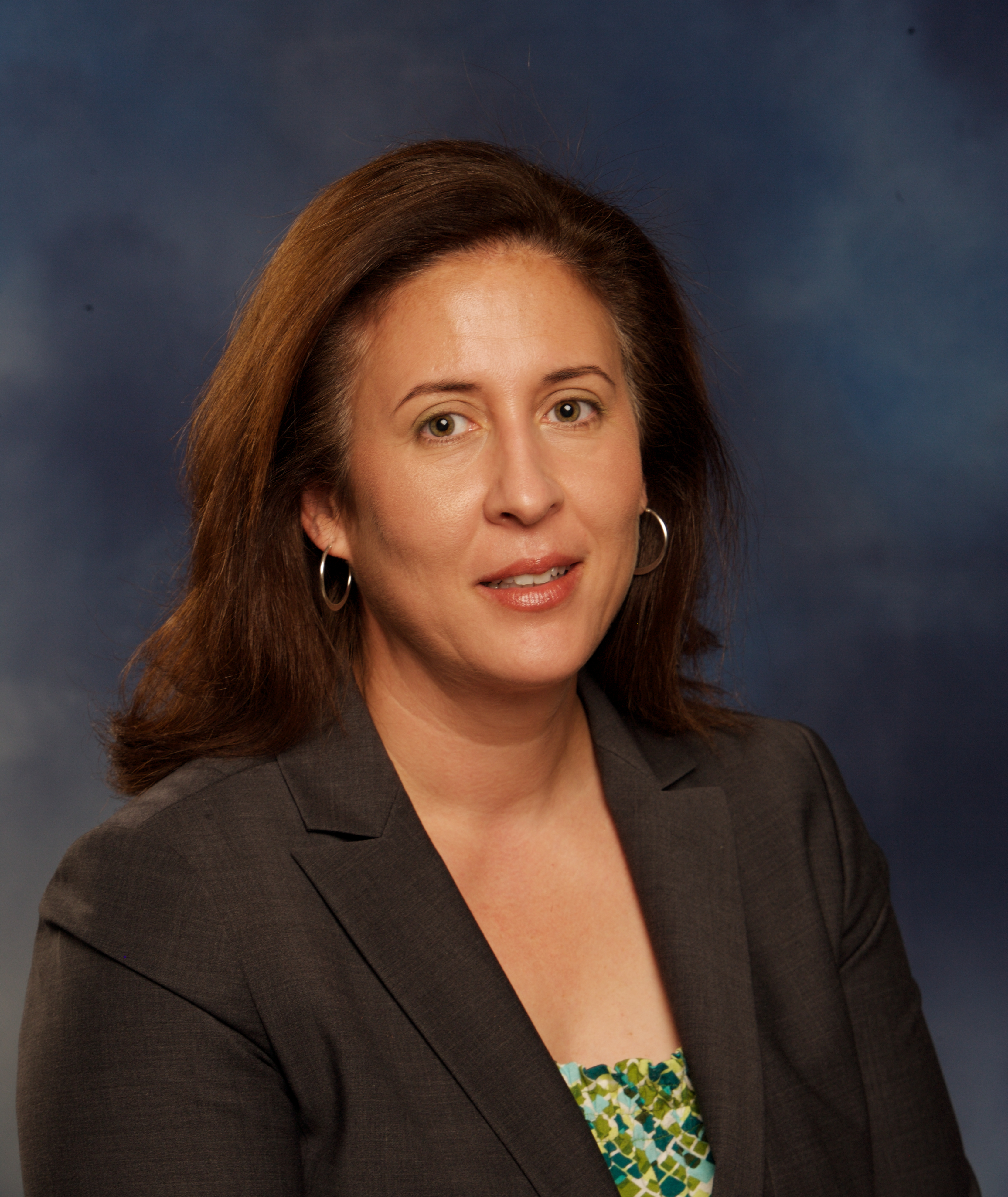
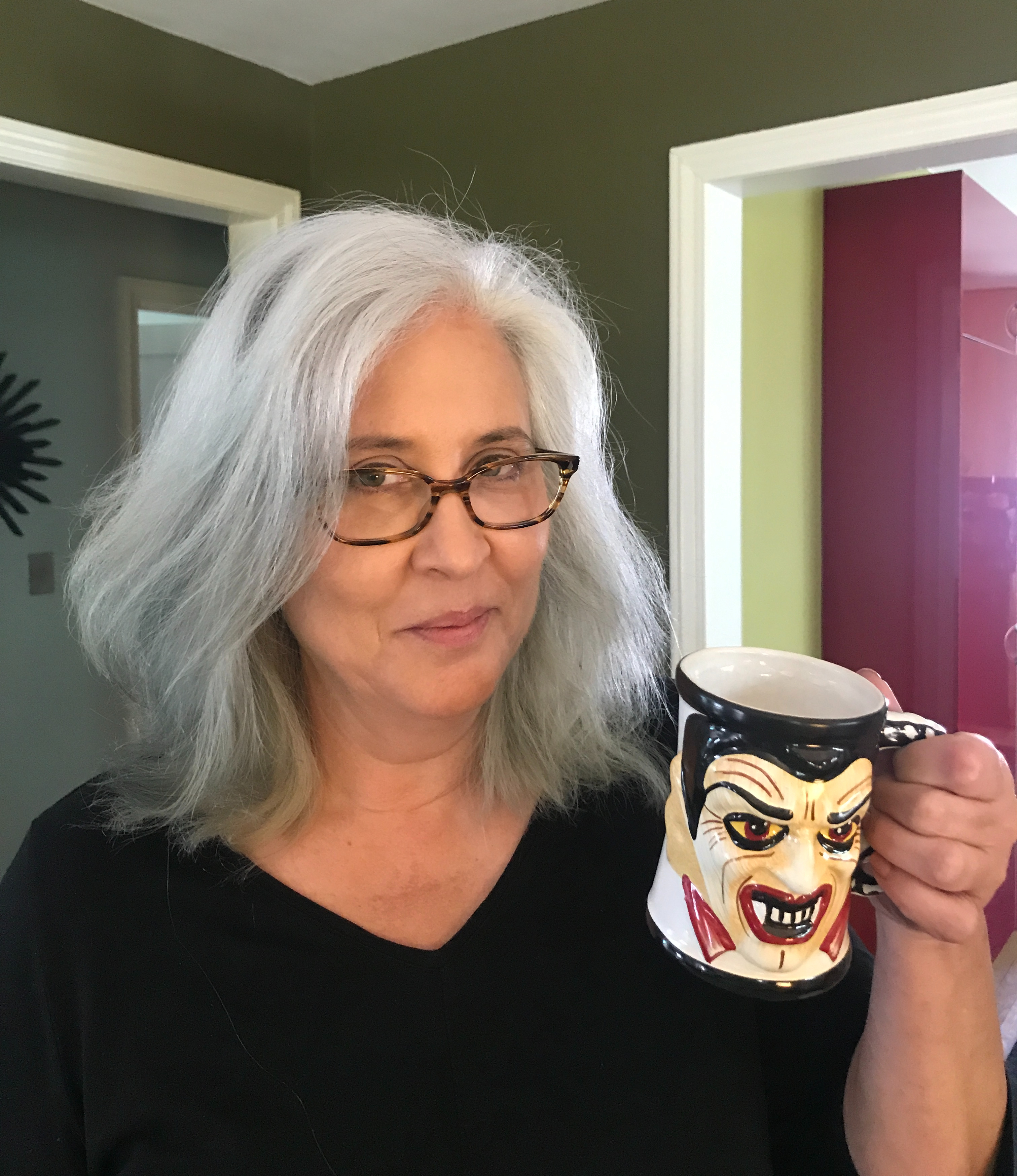
How you see NARA issues depends on where you started. My Web 1.0 experiences from 1998 to 2009 (private sector web sites and comment boards and email discussion lists) brought mixed results. (I did well at times but also made some mistakes and learned from them over time.) One lesson has stayed with me. I learned on Web 1.0 that quoting statutes and Constitutional obligations in comments at dot com sites can result in a wide range of public reactions to civil servants.
In my job as a Federal historian, I had studied in the early 1990s the work of the public service commission which pointed in 1987 to elements creating “a quiet crisis” in civil service. One stood out: “Washington bashing going ‘even beyond our traditional compulsions of that kind.'”
You internalize this as a Federal employee and recognize you represent to some writers or speakers a stereotype or symbol shaped less by who you are than by the onlookers’ experiences (home, school, workplace) that you cannot fully see or know. Information and knowledge asymmetry also is part of life online, especially at the higher levels where you have fewer peers.
The 1987 commission looked at other elements as well. Budgets, salaries, willingness of people in private sector jobs to take Federal jobs for less pay, how young people reacted to the idea of joining the government in the 1980s, leadership training. The psychological elements caught my attention and helped me understand employee reactions during the National Performance Review and the impact of the Government Performance and Results Act of 1993 and its 2010 modernization statute. At NARA and other agencies, some change management officials turned during 1993-2008 to the 1991 William Bridges change and transition model which offers useful analysis but also problematic framing around the word “fear.”
In 2001, I wrote in a Federal analysis of another agency that “The transition…brought major changes to…staffing, organization, and job processes. Some of the changes were difficult and triggered extensive debate among the agency’s senior managers. Executives who managed units that played prominent roles in [traditional agency work] now faced the abolition of their offices.” To David Ferriero’s credit, he focuses on what the present and future require. Wayne Gretzky, “I skate to where the puck is going to be, not where it has been,” AOTUS blog, “Developing a Hockey Mindset.”
NARA’s new approach to Open Leadership and learning pointed to a path on which I’ve enjoyed walking. At the start of his NARA career, David subscribed to the Society of American Archivists-administered Archives & Archivists email discussion Listserv. Although he never posted (his online approach centers on listening) he sent me a Listserv interface message in 2010 thanking me for a posted comment.
Best part? Ferriero said in 2010 that he was “still on a steep learning curve regarding NARA’s history” his first full year on the job. I thought back to that in 2012 when a NARA friend shared in an archives building hallway conversation what David said soon after he took office: “We’ll figure it out together.”
Others helped me stay open to learning, as well. Kate Theimer, a former NARA employee who met with David Ferriero early in his tenure, prepared the way for me to understand his vision and Web 2.0 with her book, A Different Kind of Web (2011). I was thirsty for change and so were many employees at NARA. That Ferriero (whom I wouldn’t meet in person until 2011) started a blog in April 2010 led me to explore blogging by starting an experimental anonymous blog the same month.

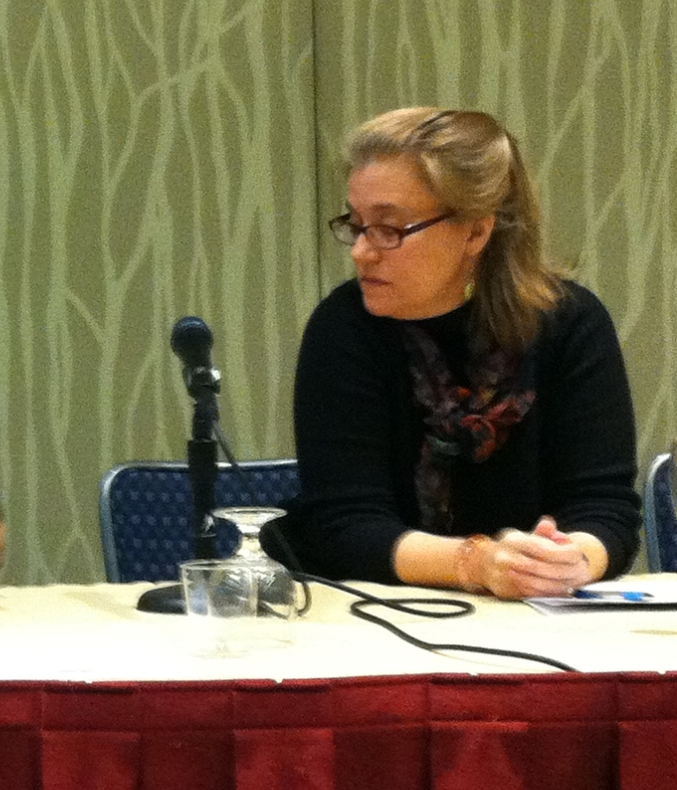
In “A Thirsty Archives,” I wrote at Archivesmatter(s) in 2010 that
Ferriero leads an agency which has to move forward while keeping some old ways working, too. The volume of the records NARA holds makes it impossible to pivot and go all digital ‘n DIY overnight.
Definitely, then, interpreters needed. “To be a good interpreter means you need fluency in two languages, as well as cultural fluency on both sides.” Barack Obama at Harvard Law School, according to David Remnick’s recently released book, The Bridge.
Someone who knew him back then said of the young Obama and his bi-racial heritage: “He has had to come to an understanding of the two worlds he’s lived in. . . Living in two worlds, he functions as an interpreter to others. He has seen people in both worlds at their most intimate moments, when their humanity and imperfections shone through. His role is an interpreter, in explaining one side to the other.”
In 2011, NARA held a Social Media Fair at its McGowan Theater to highlight its Citizen Archivist initiative. Pamela Wright, whom David later named Chief Innovation Officer, participated in a panel about public engagement. Meredith Doviak, who now works on the National Archives’ Catalog, then provided technical staff support for Ferriero’s AOTUS blog. Pam (pictured with Deputy Archivist Debra Wall in 2018) looked back at the Innovation learning journey in an October 2020 interview for Government Executive.
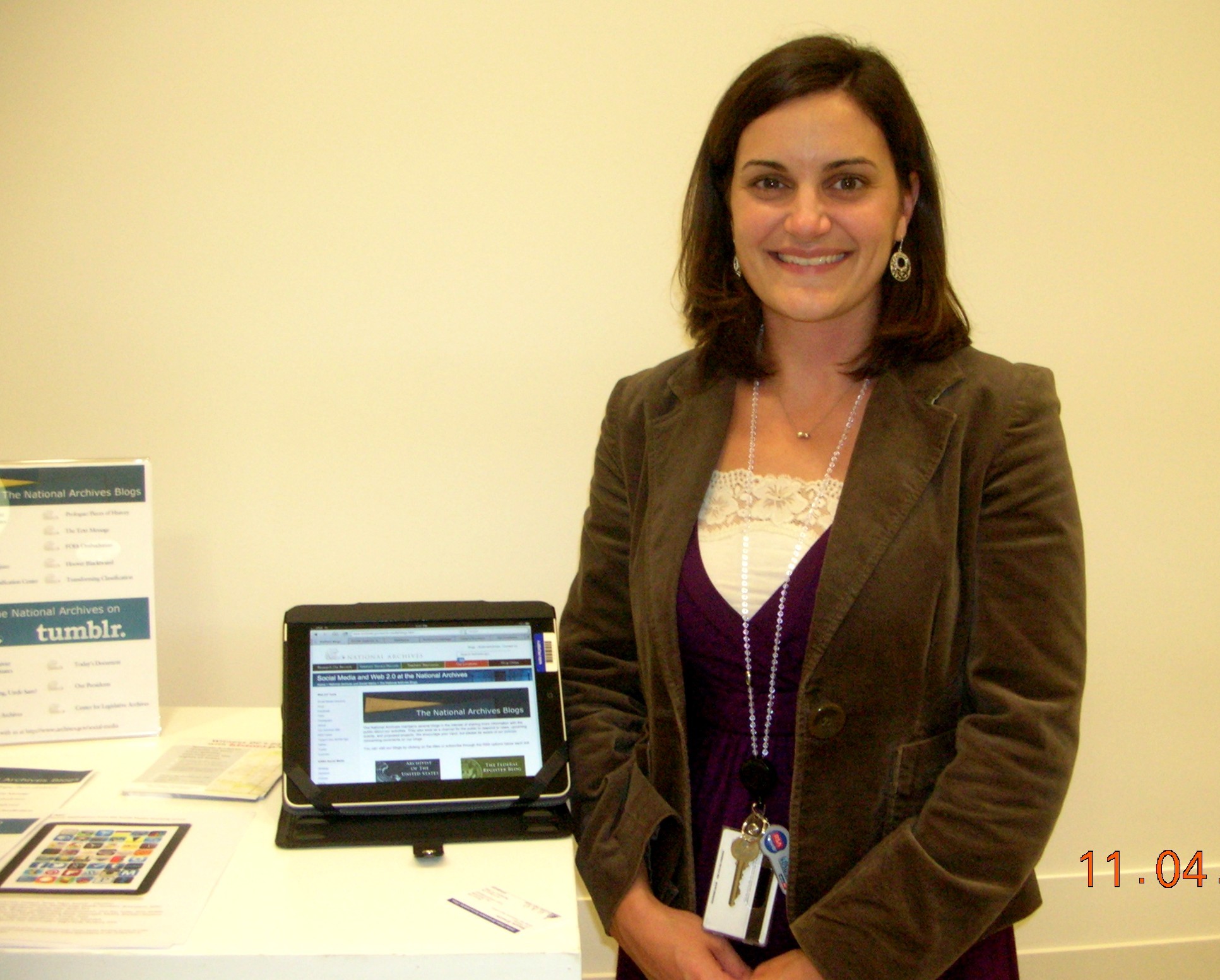

Arian Ravanbakhsh, Supervisory Records Policy Analyst, used an iPad to demonstrate records management outreach at the 2011 Social Media Fair. When Ferriero stopped by the table where he talked to visitors, I told him I found Arian’s August 2011 blog post about records appraisal exemplary. Although NARA sometimes has to put out supplemental information on arcane issues involving records statutes and procedures, I’ve found its Archives.gov content useful and reliable during the last 12 years and confidently share links online.
In 2012, I attended an open meeting of the Public Interest Declassification Board at NARA. In his welcoming remarks, David Ferriero quoted Thomas Carlyle. “Permanence, perseverance and persistence in spite of all obstacles, discouragement, and impossibilities: It is this, that in all things distinguishes the strong soul from the weak.”
A NARA photographer, the late Earl “Mac” McDonald, snapped a photo as I live tweeted the meeting. Mac’s photos, and those of the equally talented staff photographer Jeff Reed, bring Record Group 64, where NARA files its operational records, to life in the Catalog. Wherever you work, you can share the joy of tagging friends and colleagues, as I did in the Catalog with Tim Mulligan last year.
Two key members of David’s AOTUS office staff supported him starting in 2009. Maureen MacDonald, Special Assistant to the Archivist, shared a photo of a staff meeting at the @ThisIsArchives account in 2016. You see the late Sam Anthony, Special Assistant to the Archivist, at the meeting in the Archivist’s office. Sam, an Extrovert, offered me good advice on how to adapt my Introvert attributes to public facing work.


In my tribute blog post about Sam, “Let’s Make it Count for Something,” I wrote after his death in August 2021 that
An agency head at NARA (and other executive agencies) has a complex mix of duties with each successive leader taking on the obligations of deciding mission priorities and setting policies within a stated vision. …History shows that the overall picture often contains humanistic scenes with finely textured brushstrokes but the colors available on the palette differ.
As events occur, only sketchy figures, sometimes drawn by outsiders on poster board with marking pens rather than fine brushstrokes, may be visible. Some structural elements are a constant, such the role of the Congress and of the White House (Office of Management and Budget), in areas covered by Articles in the U.S. Constitution that the National Archives displays in its Museum.
During the first five years of Ferriero’s tenure, some NARA public programs featured the 150th anniversary of the U.S. Civil War. Historian Nancy Koehn wrote in 2013 about how Abraham Lincoln prepared a letter expressing his distress at Gen. George Meade’s actions during the battle of Gettysburg but never sent it. Dr. Koehn observed, “Executives face the challenge of navigating their own and others’ emotions with forethought and consideration.”
The higher your rank in Washington, the fewer your peers. As Dwight Eisenhower told John F. Kennedy, “No easy matters will come to you.” I’ve thought of that often as I reflected on carefree bull sessions in the National Archives canteen with colleagues when, at age 25, I started at NARA as an archives technician.
The letters David Ferriero sent to Dwight D. Eisenhower, John F. Kennedy, and Lyndon B. Johnson in his youth hang on the walls in his office suite in Washington, D.C. His own legacy? Leading the way in opening the doors to making history together with the National Archives.

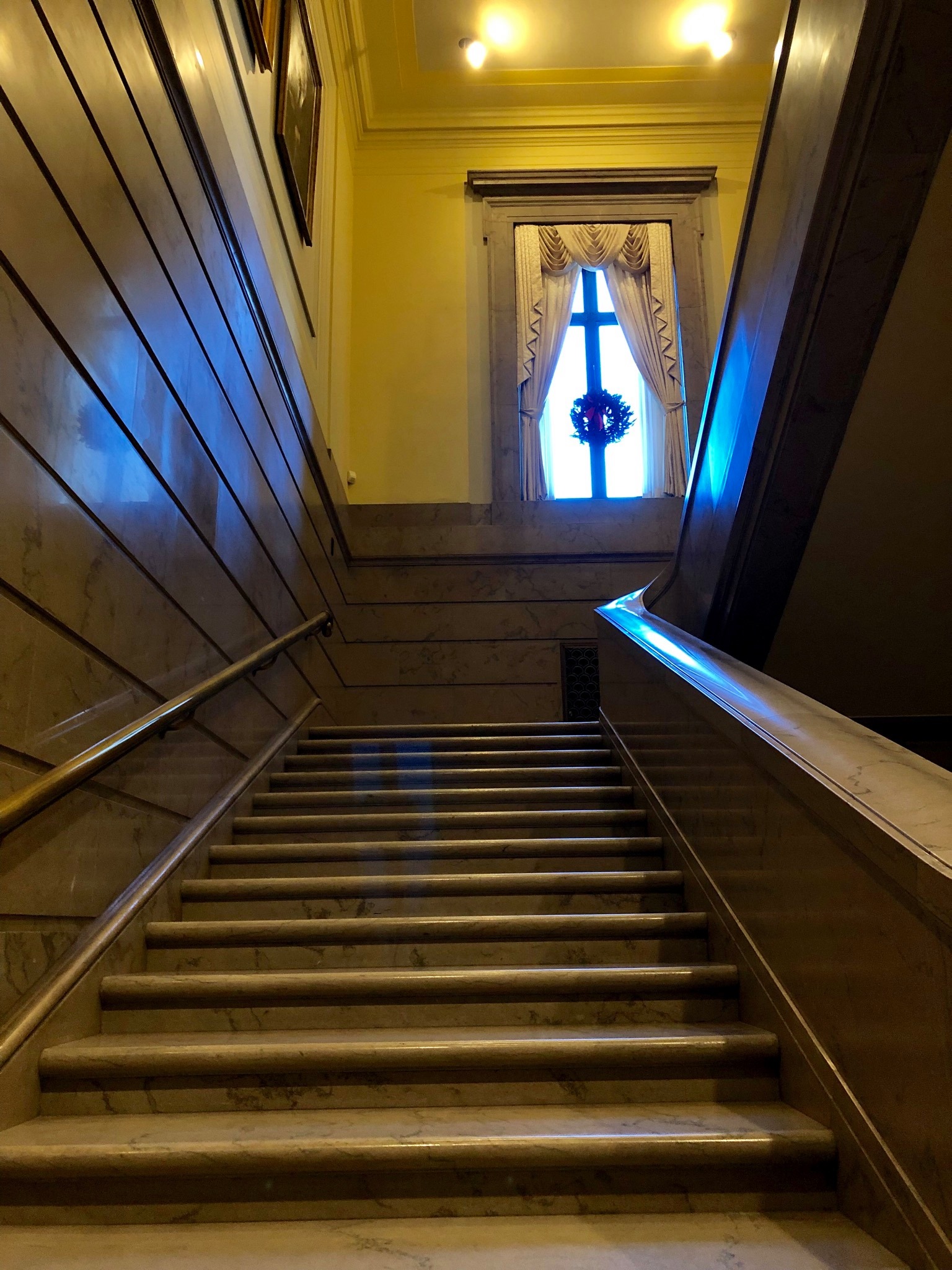
The grand staircases in the National Archives building are lined with portraits of David Ferriero’s predecessors. But his is the voice that will echo in the research room, on the stairs, in the elevators, in the hallways, and on the street in front of the building where employees and contractors and security guards laughed along with him in 2015. And in his thoughtful support of employees who’ve lost a beloved family member or colleague or cherished animal companion–cat or dog.
And for me, as someone who last was on duty at NARA in March 2020, but have thanked the guards outside it often on my walks and exchanged quips with David as we passed each other on the sidewalk recently, his extraordinarily strong resolve during the pandemic to keep safe everyone in his care.
Whether your facility is reopening or not, please continue to take care of yourselves and each other. If you need assistance, please take advantage of the Employee Assistance Program (EAP). EAP services are free, confidential, and available to all NARA employees, supervisors, and family members. EAP counselors are available 24 hours a day, seven days a week, by telephone 24/7 at 1-800-222-0364 (TTY 1-888-262-7848) or online at http://www.FOH4YOU.com. EAP information can also be found at the NARA@work EAP page.
Today, we are continuing our efforts to reopen our facilities where it is safe and appropriate. We will continue to make reopening decisions based on local conditions and to prioritize the health of our staff. Thank you for your resilience and flexibility as we carefully reopen our facilities and prepare for the eventual return of all NARA activities and functions.
DAVID S. FERRIERO
Archivist of the United States
From Archives Maarja, thank you, NARA team, and continue to take care of yourselves and each other and all who depend on you.

Pingback: Alternative models for presidential libraries and museums–and us, as well | Archival Explorations